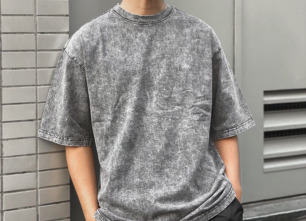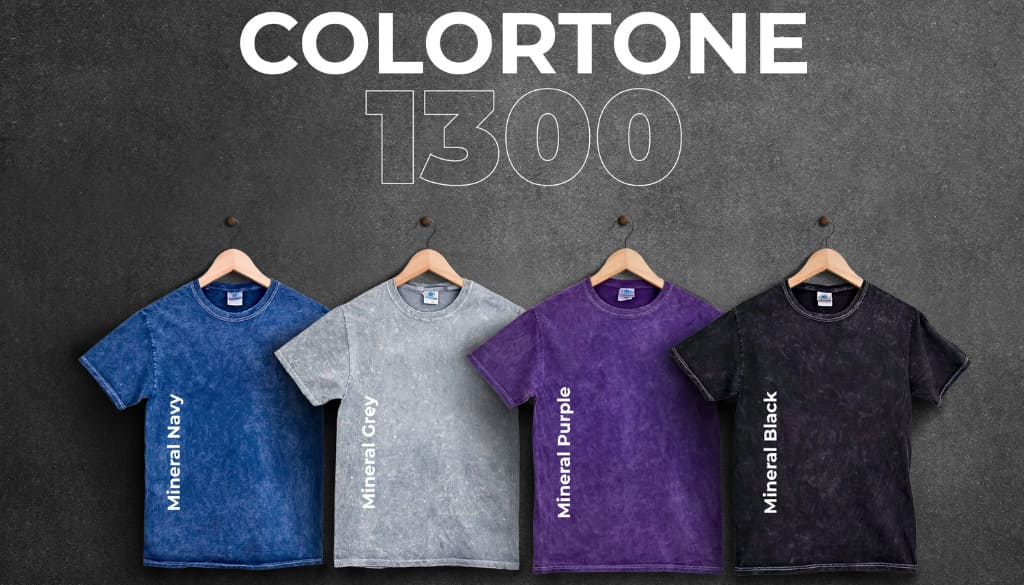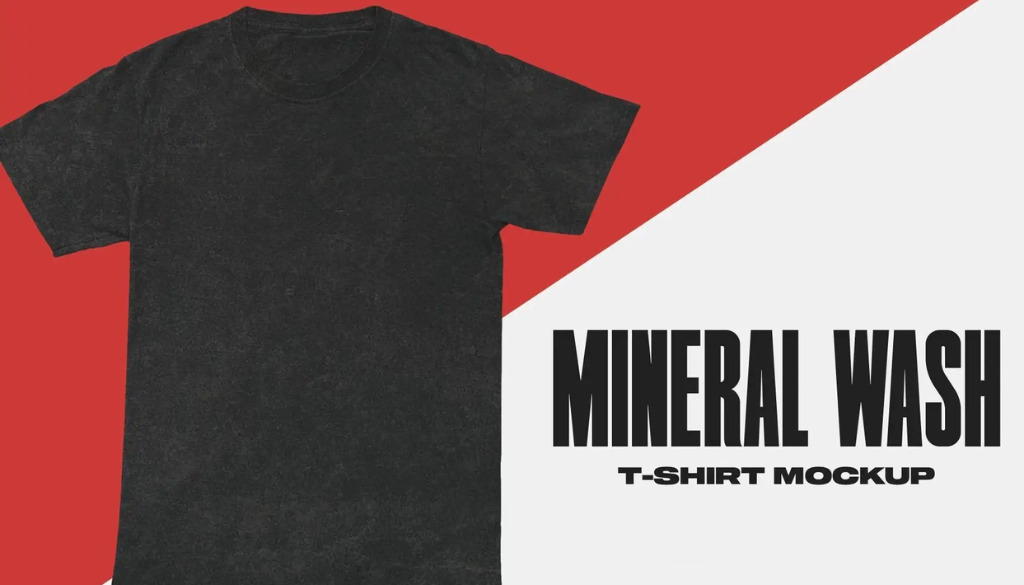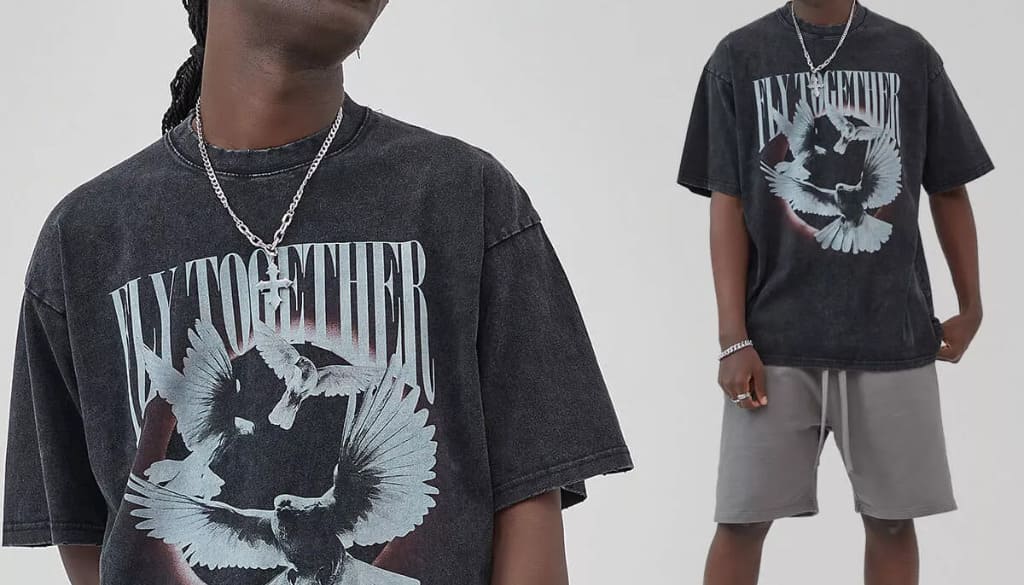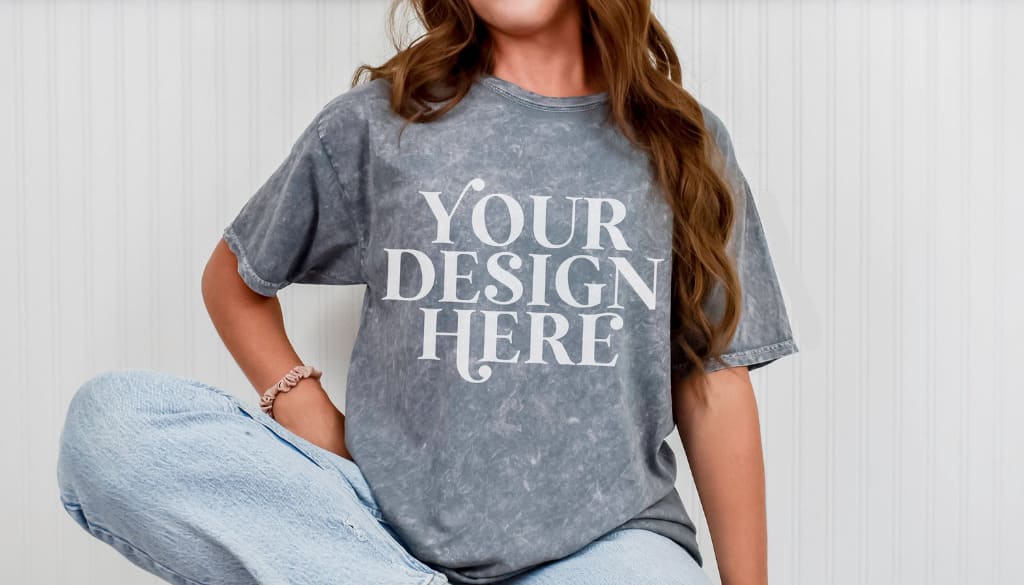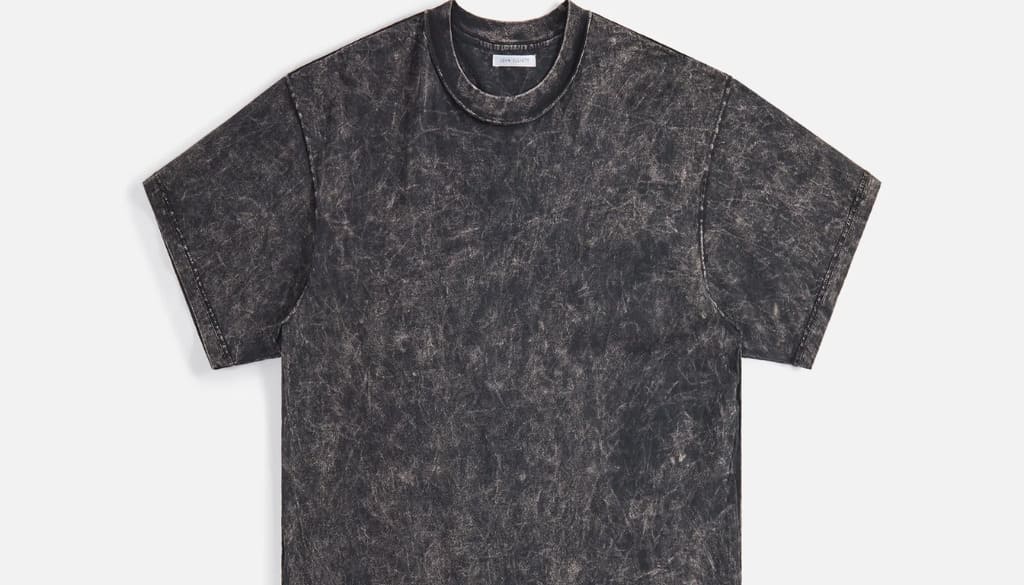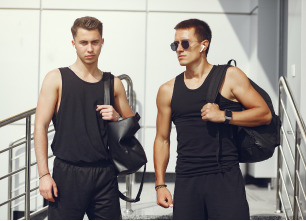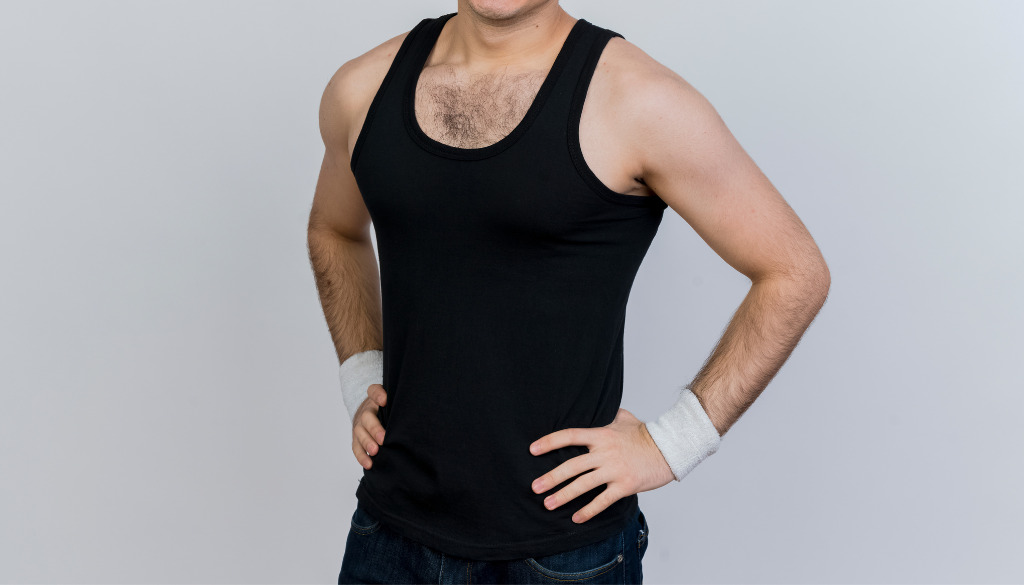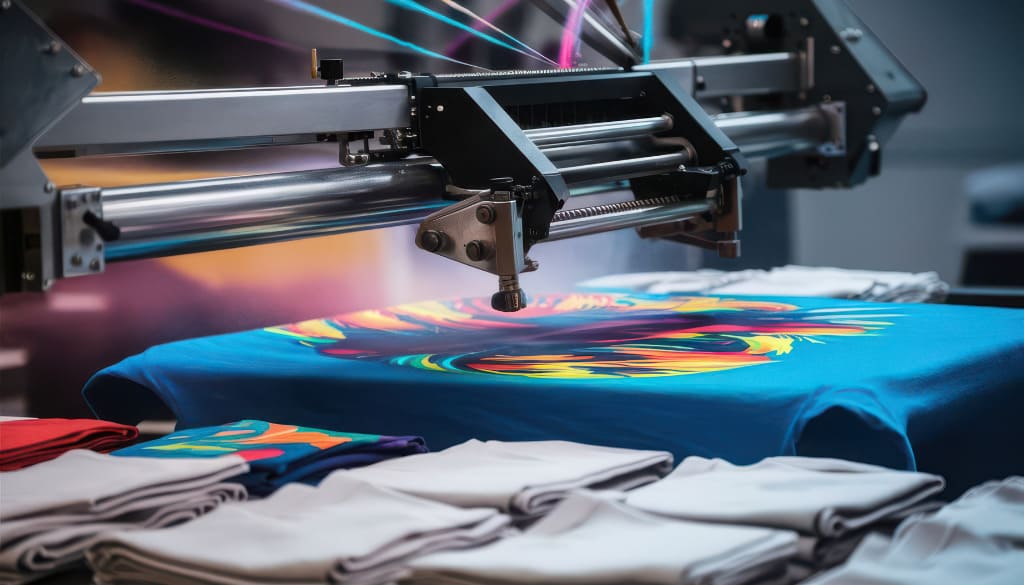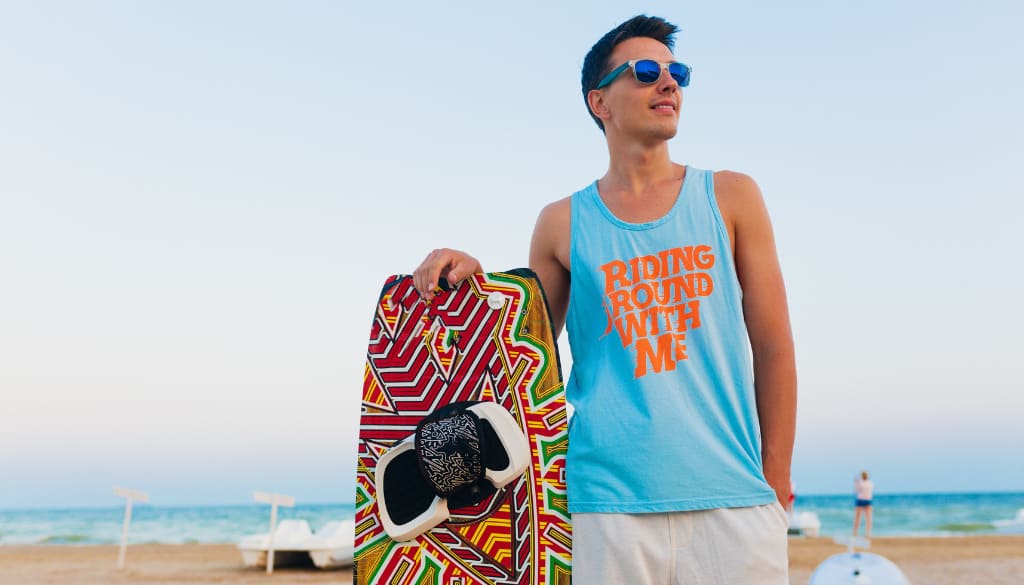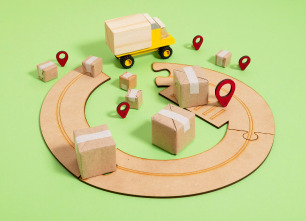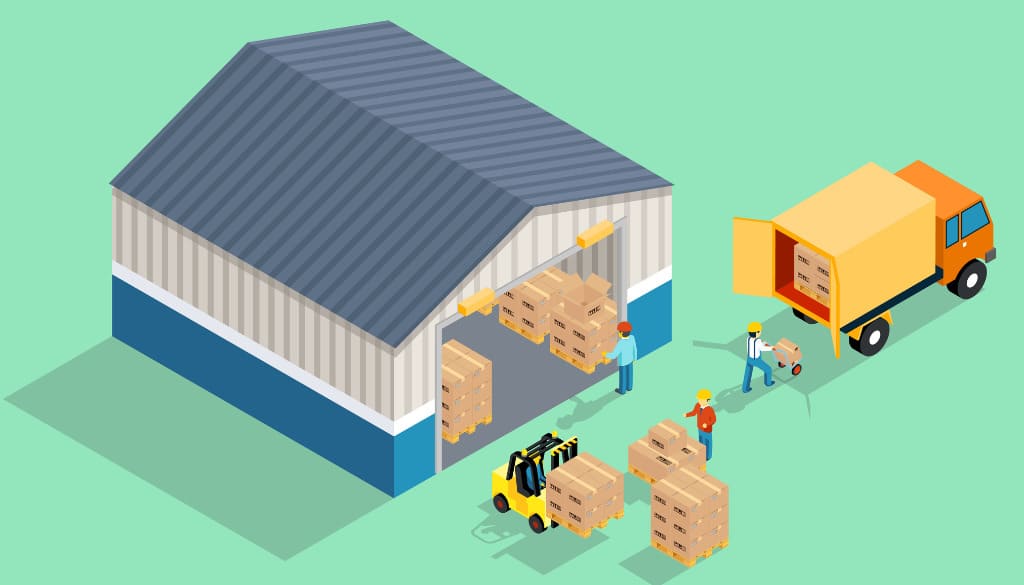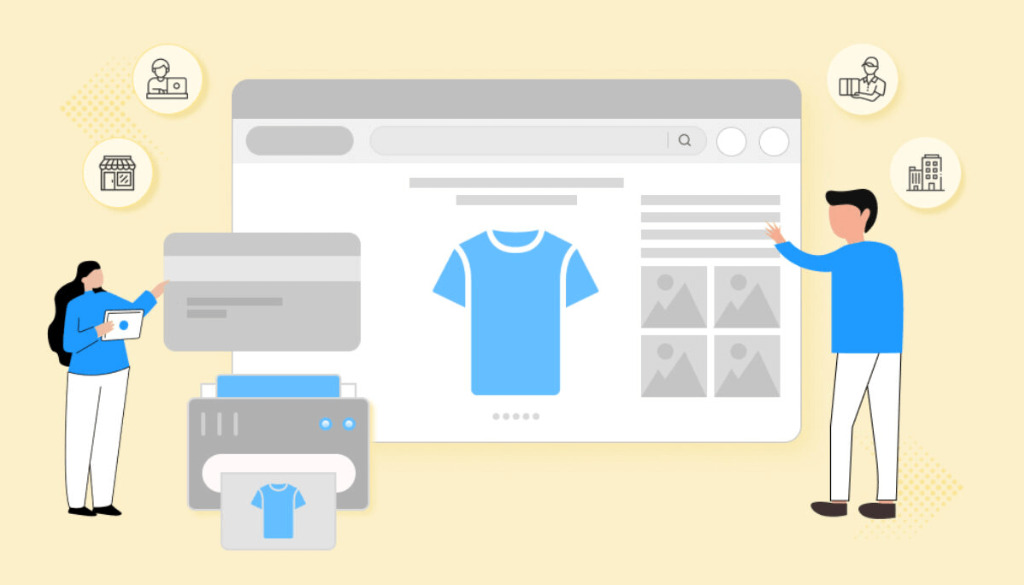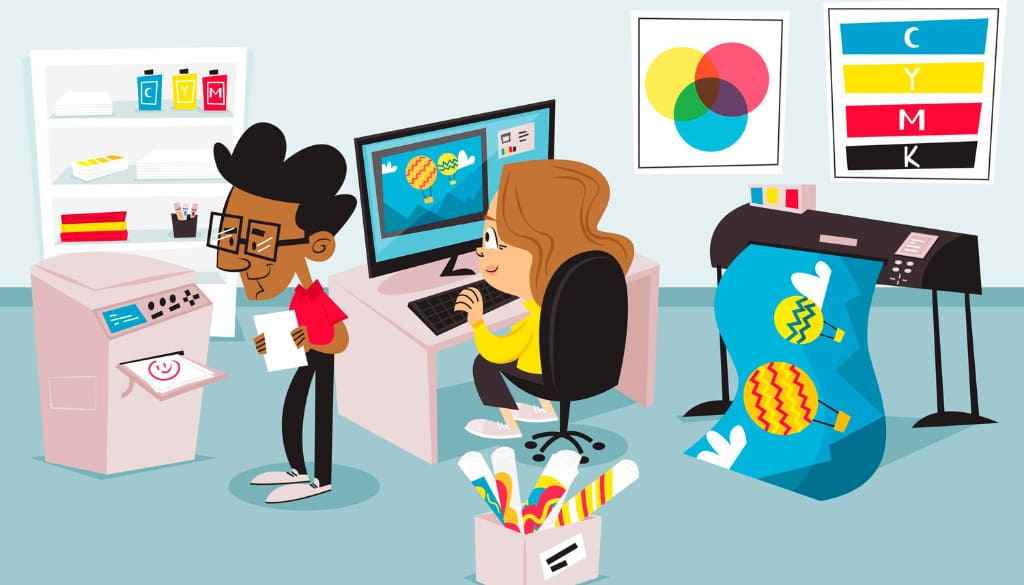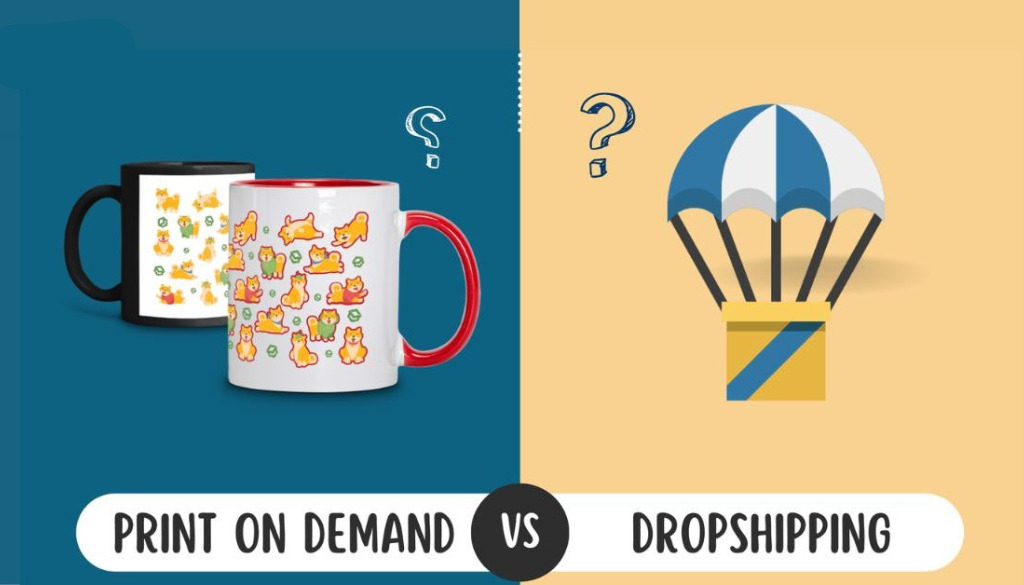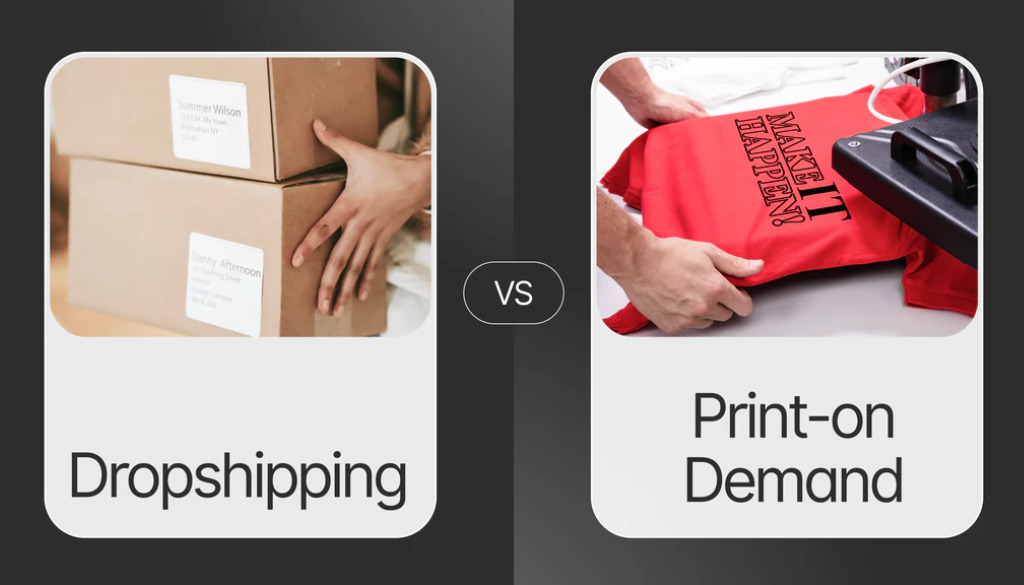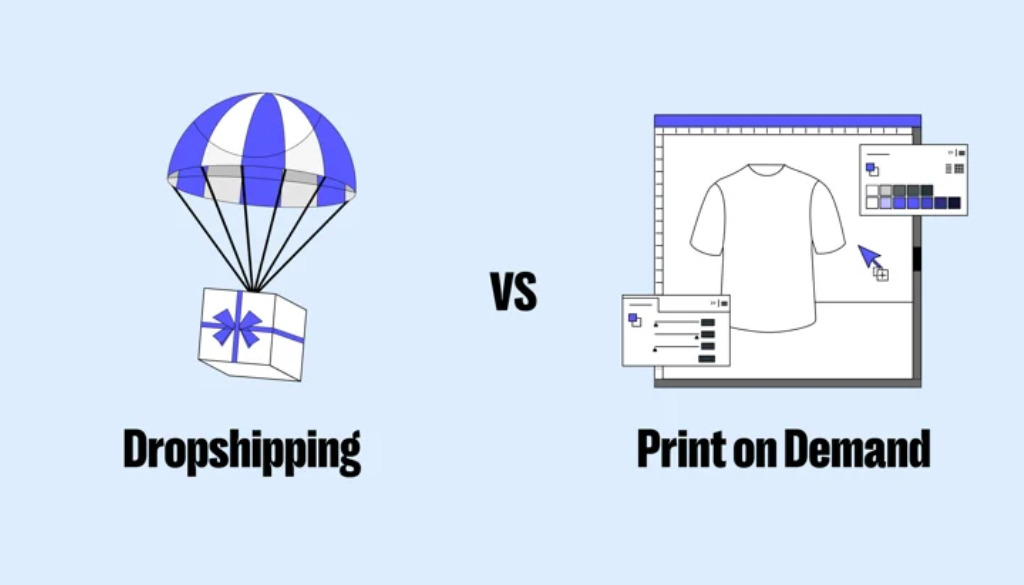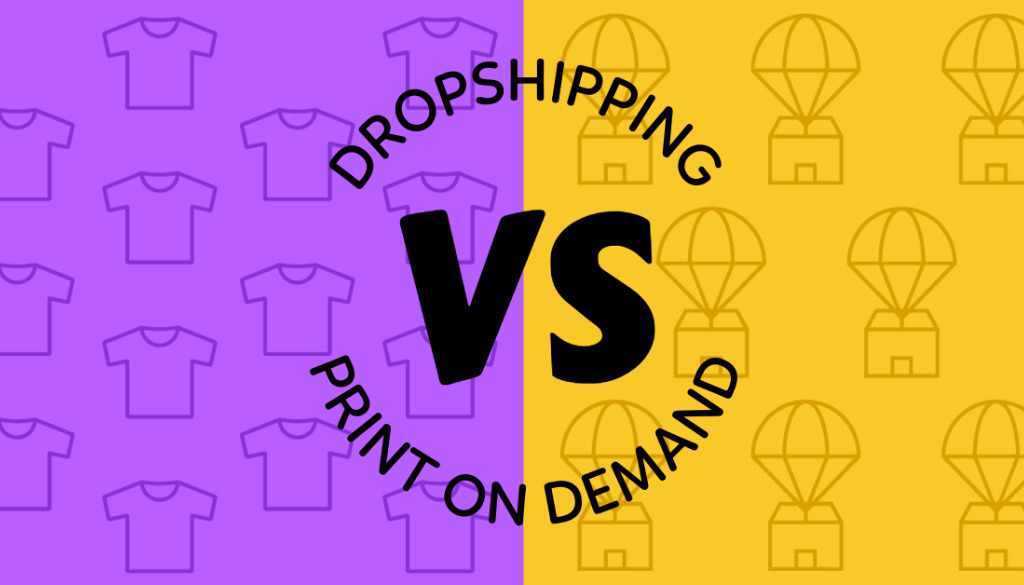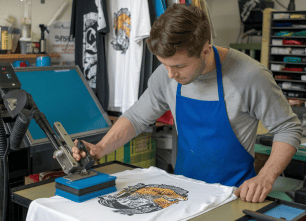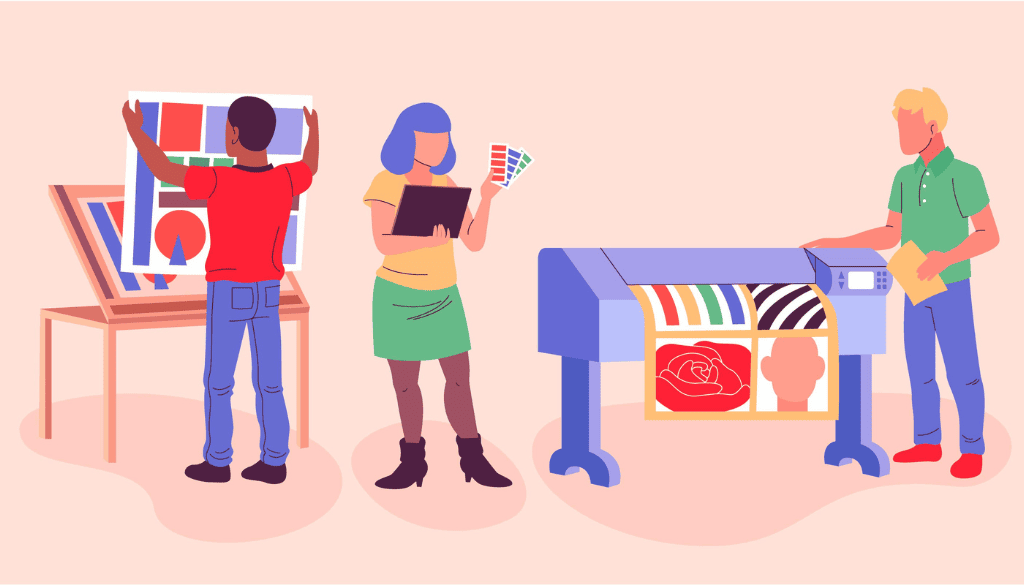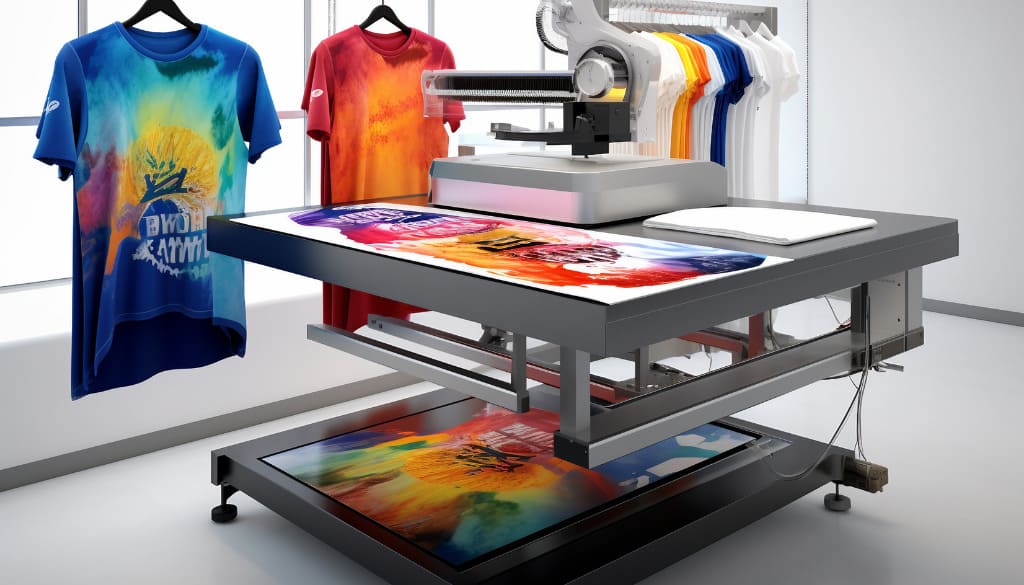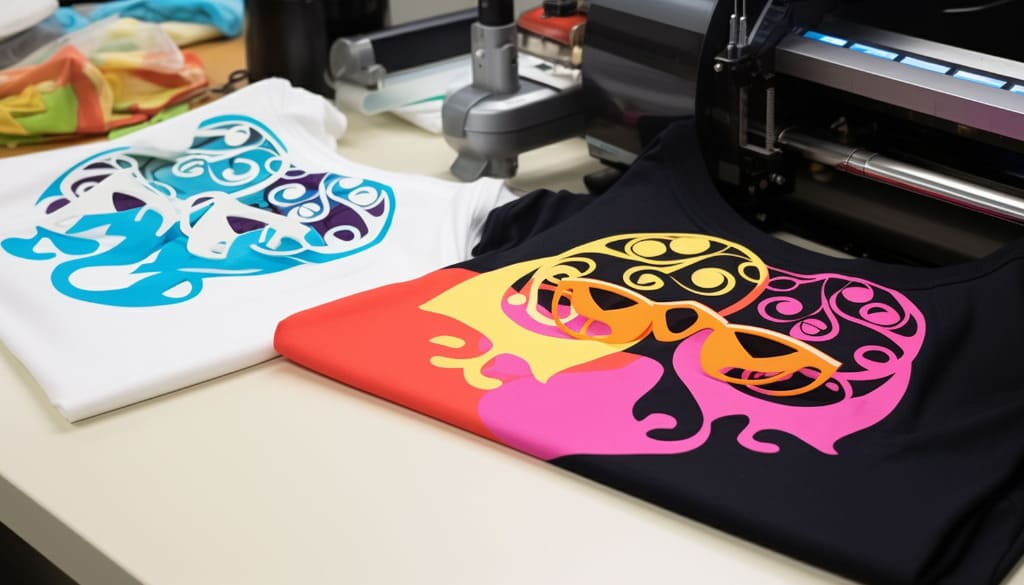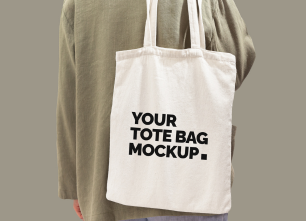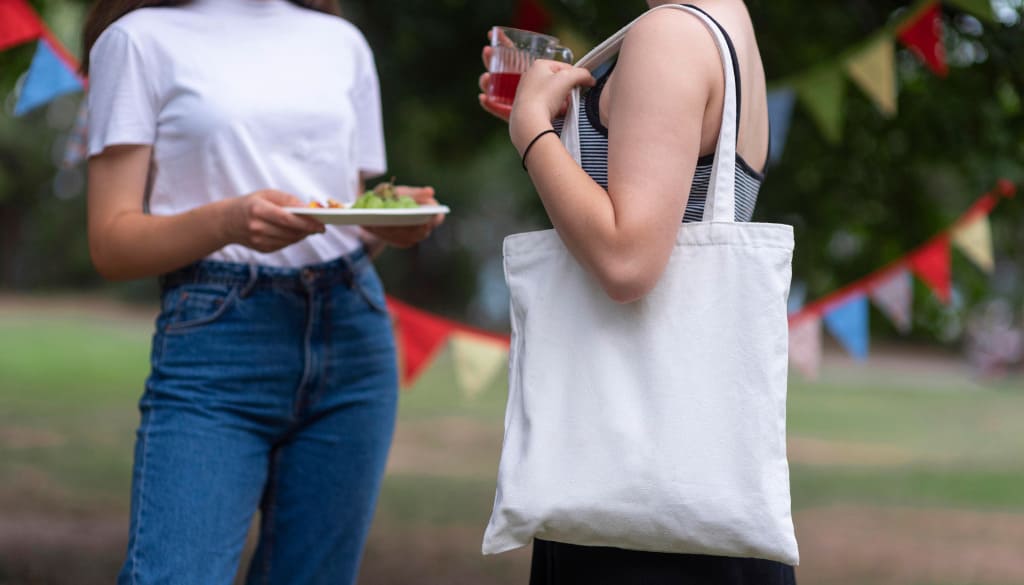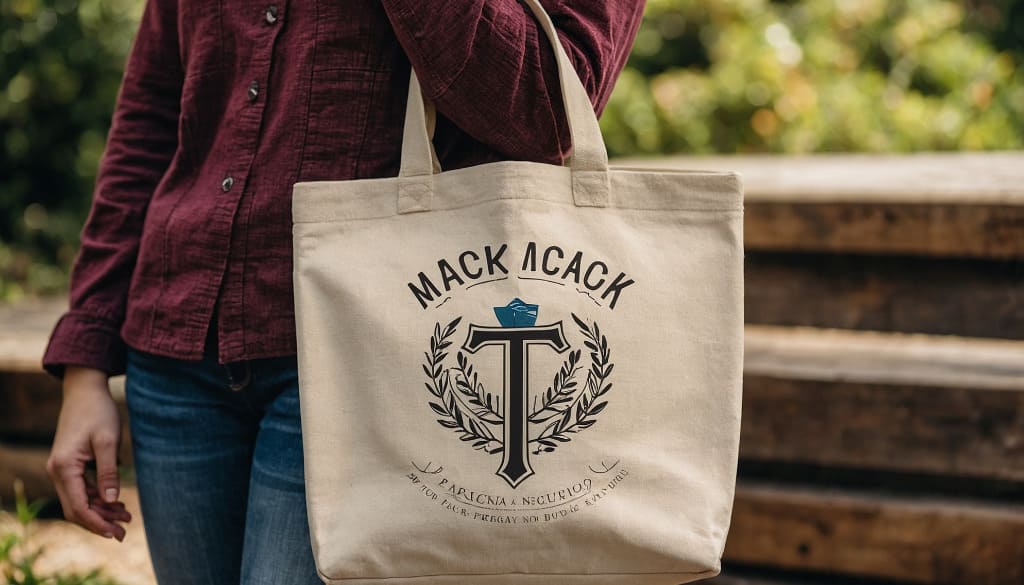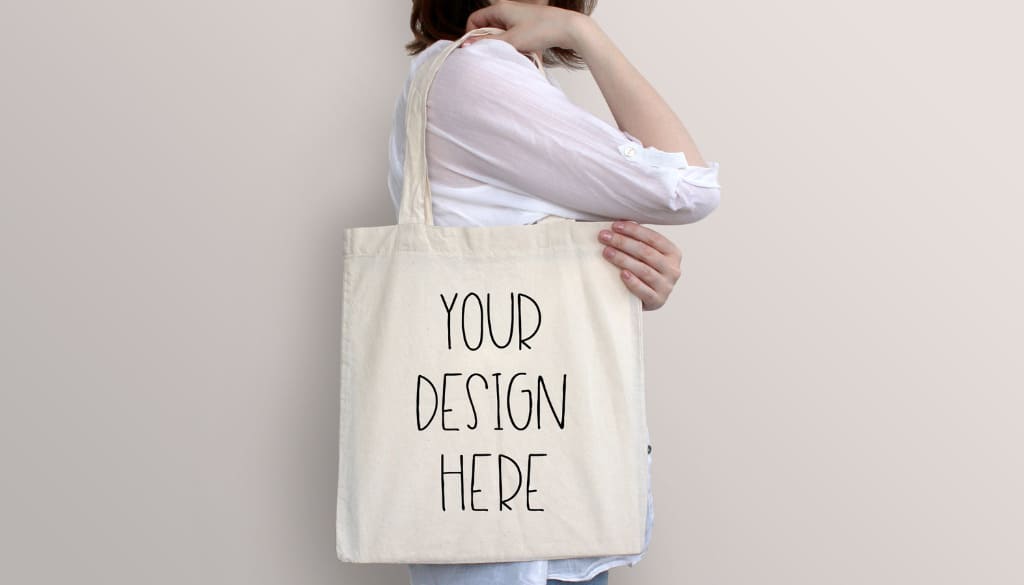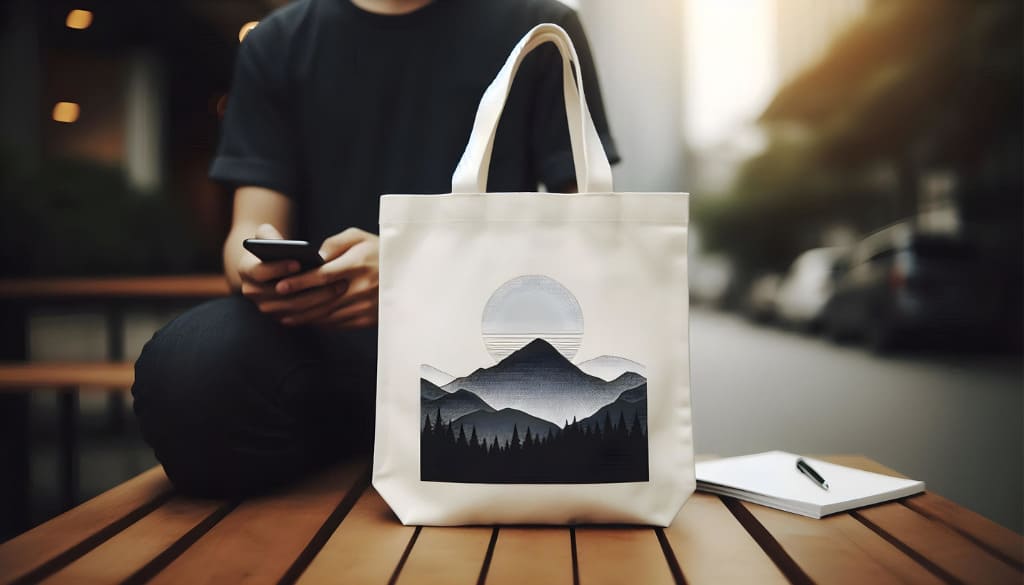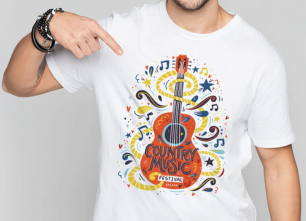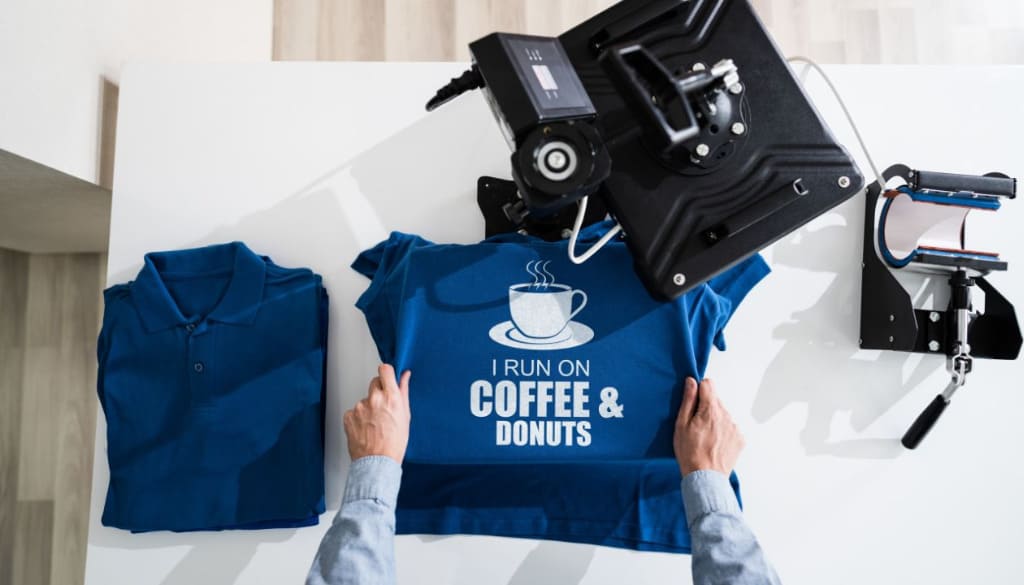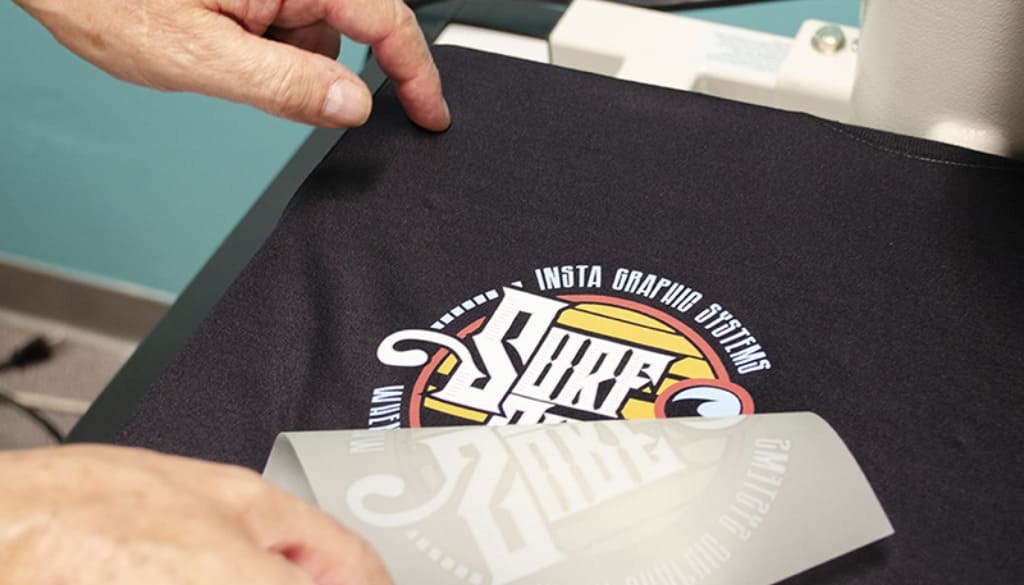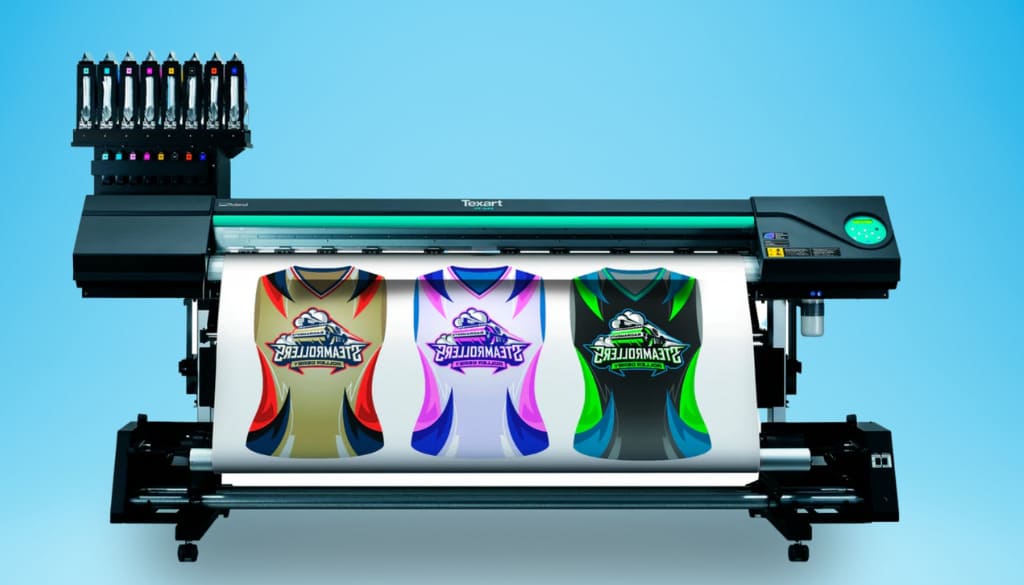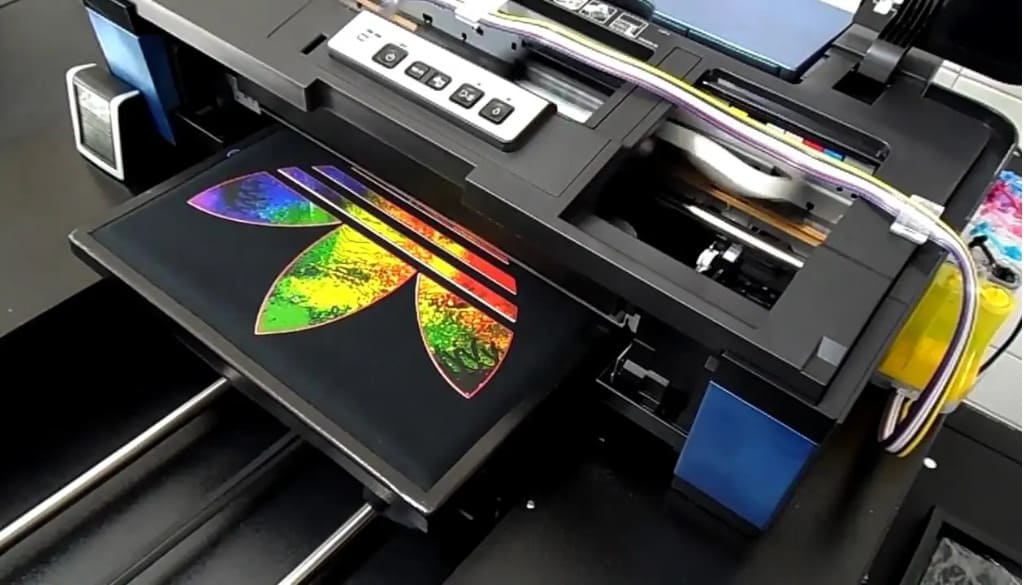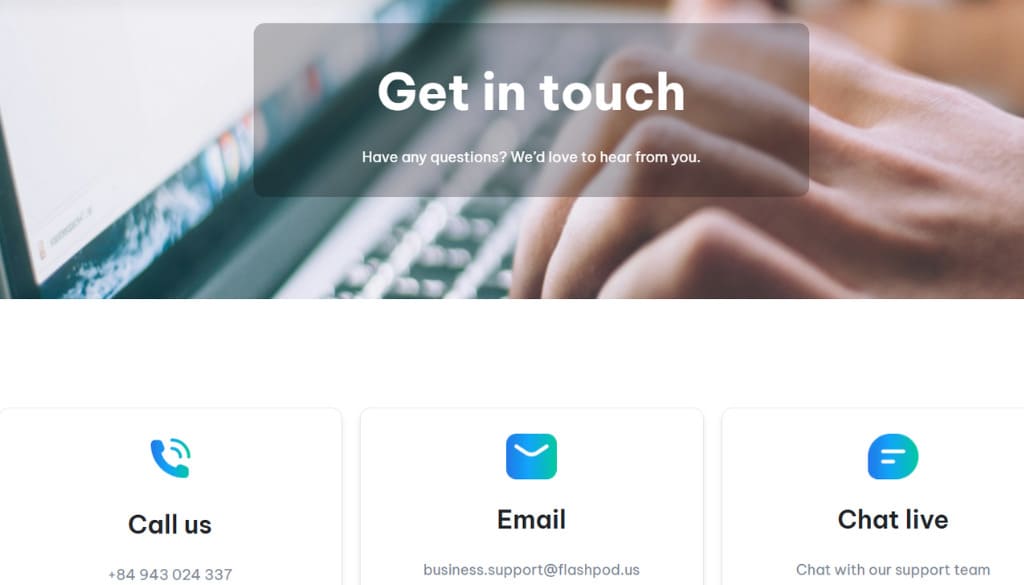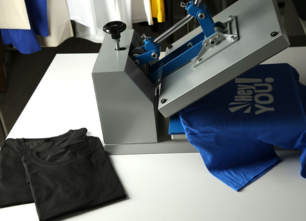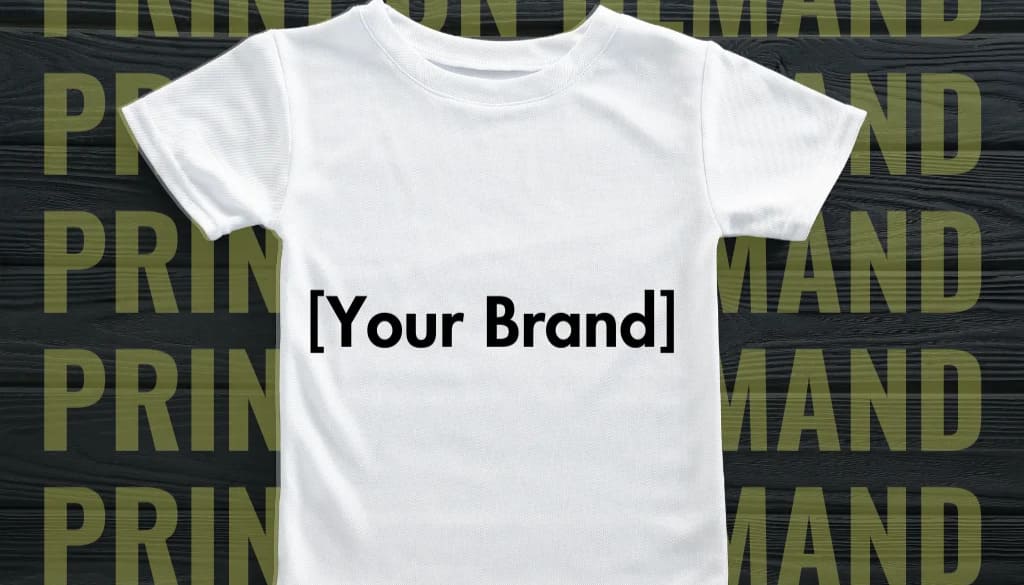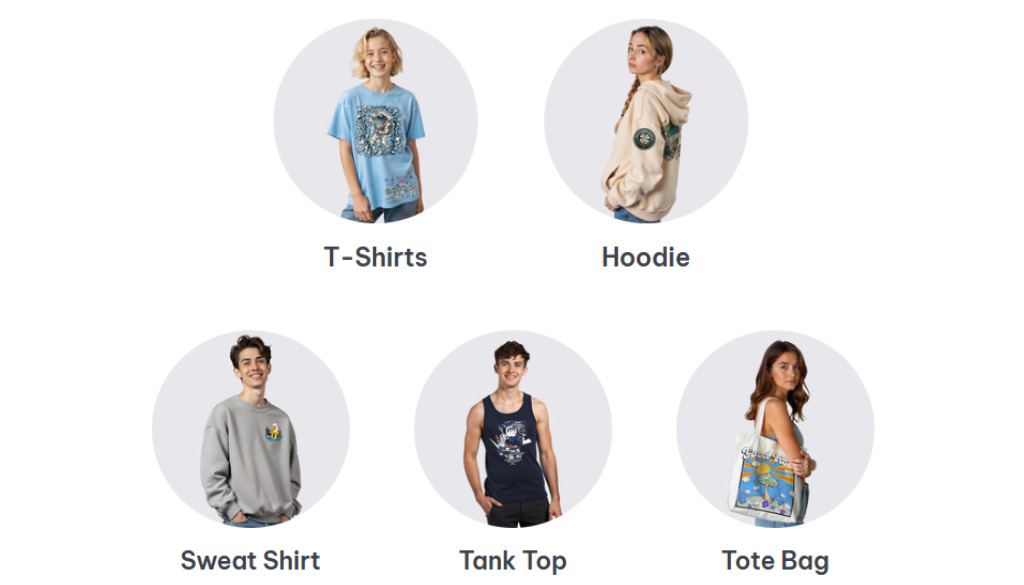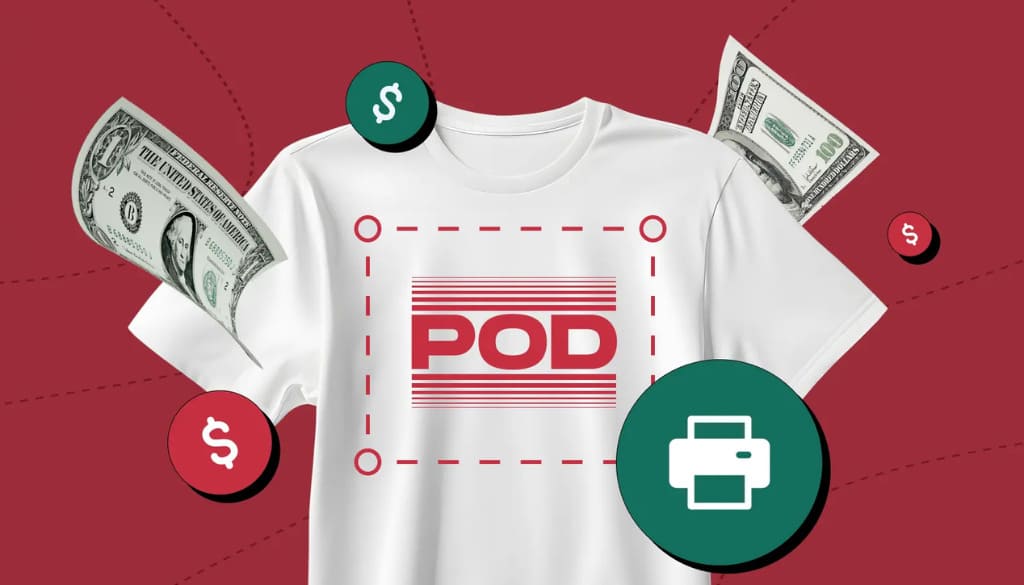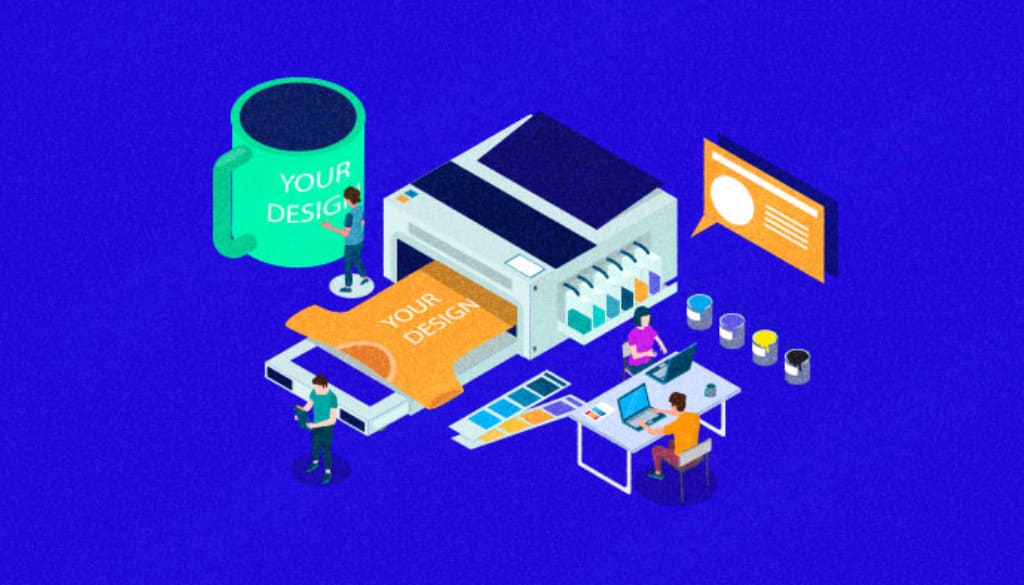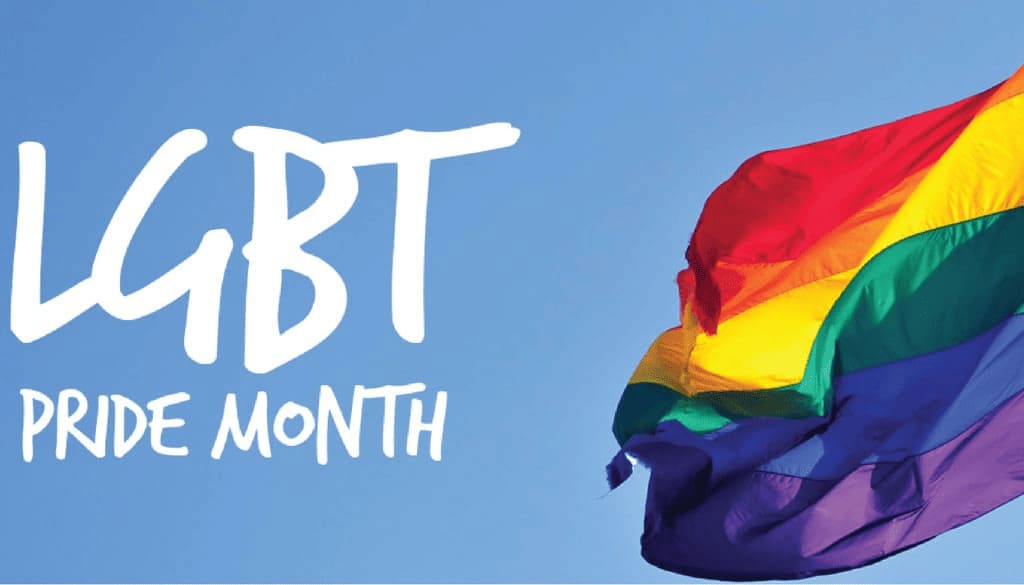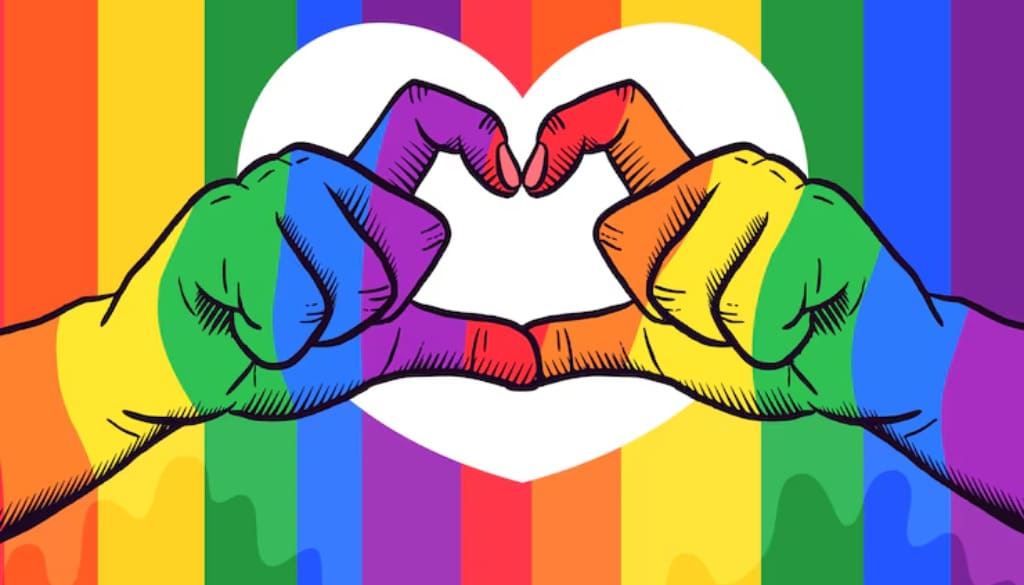In the rapidly growing landscape of e-commerce, choosing the right fulfillment model plays a crucial role in ensuring operational efficiency and optimizing costs for sellers. The two most common models today are B2B Fulfillment and B2C Fulfillment, each with its own advantages, drawbacks, and unique operating methods. So, what are the key differences between them? Which model should your business choose? This article will help you gain a clear understanding of each model, the differences in their operations, and how to select the most suitable fulfillment strategy for your POD business.
What is Fulfillment?
Fulfillment refers to the entire process of handling an order, from the moment a customer makes a purchase to the time they receive the product. This process includes warehousing, order processing, packaging, and shipping. In e-commerce—especially with the Print on Demand (POD) model—fulfillment helps sellers save time, minimize risks, and optimize operations.
Today, fulfillment services are considered an essential element of long-term growth strategies, particularly for businesses expanding into international markets or operating across multiple sales channels.
Definition and Operating Model
Now, let’s take a closer look at our two main players: B2B and B2C Fulfillment.
1. What is B2B Fulfillment (Business to Business)?

B2B Fulfillment is an order fulfillment model in which transactions take place between two businesses. Here, the customers are not individual consumers, but companies, wholesalers, distributors, or retail stores. They purchase products to support their production and business operations or to resell.
The operating model of B2B Fulfillment typically has the following characteristics:
- Large orders, low frequency: B2B orders usually involve a very large quantity of products (measured in pallets or containers), but are placed infrequently (monthly, quarterly, etc.).
- Complex processes and strict requirements: Fulfilling B2B orders often requires strict compliance with the buyer’s specific requirements, such as palletized packaging, custom labeling standards, and complex shipping documents (bills of lading, packing slips, etc.).
- Long-term storage: B2B goods may be stored in warehouses for longer periods before being distributed to partners.
- Heavy/bulky shipments: Transportation is typically done via trucks or containers, requiring specialized loading and unloading equipment such as forklifts.
- Long-term relationships: The relationship between sellers and buyers in the B2B model is often based on long-term contracts, with a focus on trust and stability.
Example: An electronics component manufacturer supplies products to a smartphone assembly company. The order may consist of tens of thousands of components, packed on multiple pallets, and shipped by large truck to the assembly company’s warehouse.
2. What is B2C Fulfillment (Business to Consumer)?
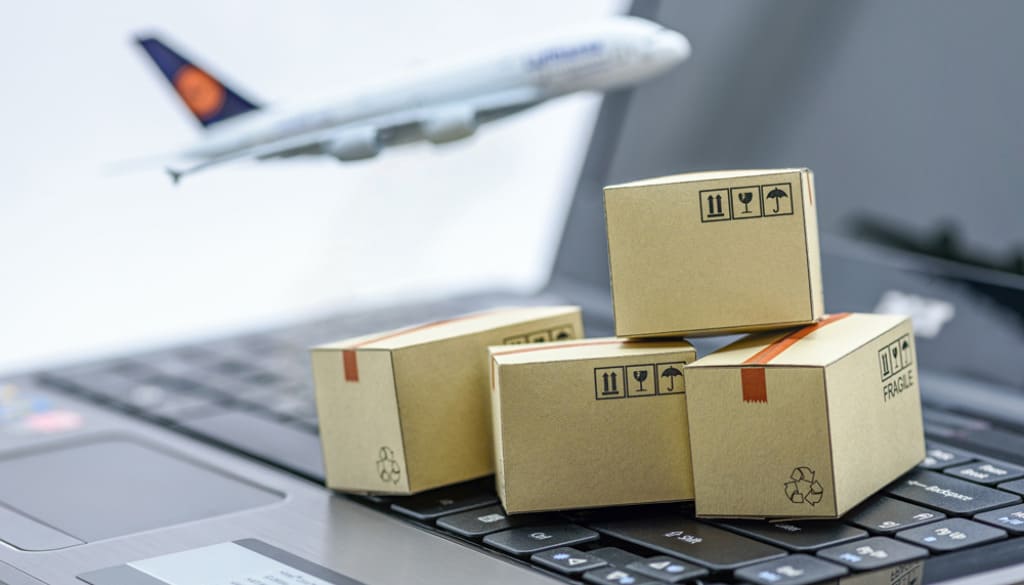
B2C Fulfillment is an order fulfillment model designed for transactions between businesses and end consumers. This is the most common model in retail e-commerce, often seen on online marketplaces or brand websites.
The operating model of B2C Fulfillment has several distinct characteristics:
- Small orders, high frequency: Each order usually contains only a few products. However, a business may need to handle hundreds or even thousands of such orders every day.
- Speed is king: Modern consumers expect fast delivery—often within 1–3 days. As a result, quick order processing and shipping are critical.
- Focus on customer experience: Products must be packaged attractively, safely, and professionally. Many businesses go further by personalizing the experience with thank-you cards or small gifts to leave a positive impression.
- Short-term storage and fast turnover: B2C products typically have a high inventory turnover rate, requiring continuous and precise stock management and replenishment.
- Diverse delivery methods: Shipping often involves express couriers using motorbikes or small trucks to deliver directly to customers’ homes or workplaces.
- Quick transactions: Purchasing decisions are often made quickly sometimes impulsively and the relationship with the seller is generally short-term.
Example: A customer orders a T-shirt from a fashion brand’s website. The item is picked from the warehouse, packaged in a branded box or bag, and delivered to the customer’s address within 24–48 hours.
Comparison Between B2B Fulfillment and B2C Fulfillment
Below is a table outlining the key differences between the two models:
|
Criteria |
B2B Fulfillment |
B2C Fulfillment |
|
Customer Type |
Businesses |
Consumers |
|
Order Size |
Large (hundreds to thousands of products) |
Small (usually 1–5 products) |
|
Packaging Requirements |
Retail-standard packaging, pallets, barcodes |
Small, attractive packaging |
|
Delivery |
Scheduled deliveries with multiple processes |
Fast, flexible, speed-oriented |
|
System Integration |
ERP, warehouse management, complex EDI codes |
E-commerce platform integration, simple order management |
|
Operations Focus |
Efficiency-oriented |
Customer experience–oriented |
|
Potential Challenges |
High technical and management requirements |
Easily affected by complaints and reviews |
|
Payment |
Contract-based, deferred payment |
Direct, per-order payment |
Advantages and Challenges of Each Model
Each model comes with its own benefits and challenges that sellers need to carefully evaluate.
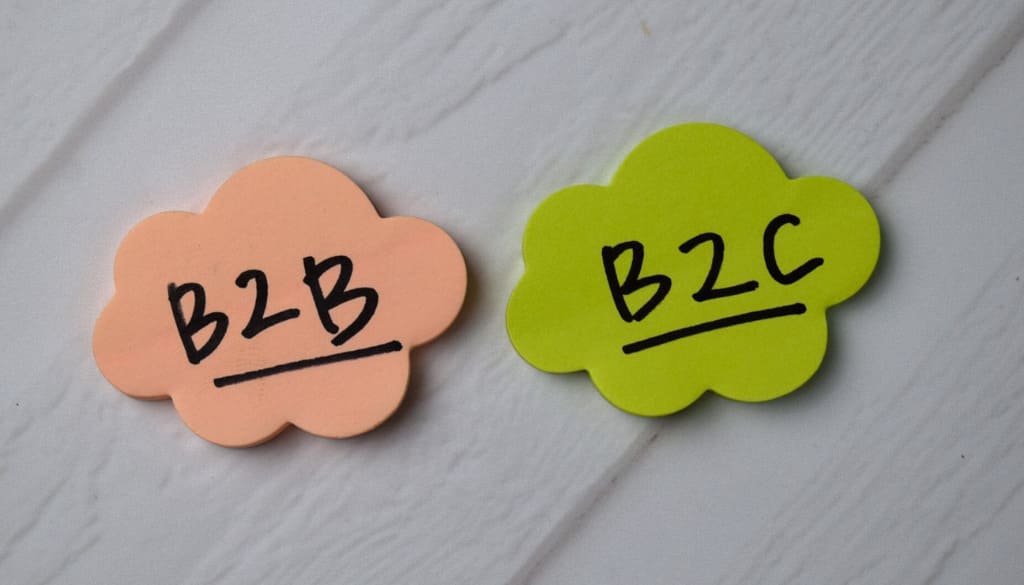
1. B2B Fulfillment Model
Advantages:
- Stable and predictable revenue: Long-term, high-value contracts provide a steady income stream, making it easier for businesses to plan finances and production.
- High profit per order: The large value of each B2B order helps maximize profitability.
- Strong customer relationships: Building trust with business partners fosters long-term and sustainable cooperation.
- Lower marketing costs: There is less need for large-scale advertising campaigns; instead, the focus is on building direct relationships and a strong industry reputation.
Challenges:
- Lengthy sales cycle: Negotiating, closing deals, and signing B2B contracts can take months or even years.
- Complex compliance requirements: Strict adherence to EDI standards, packaging specifications, labeling requirements, and more is essential. Non-compliance may result in heavy penalties or loss of contracts.
- High risk if a customer is lost: With a smaller client base, losing one major partner can significantly impact revenue.
- High capital requirements: Significant funding is needed for production, storage, and transportation of high-value orders.
2. B2C Fulfillment Model
Advantages:
- Large market: Access to millions of potential consumers through online channels.
- Short sales cycle: Quick purchasing decisions enable faster cash flow turnover.
- Rich customer data: Direct interaction with consumers provides valuable insights into their behaviors and preferences, helping improve products and marketing strategies.
- Flexible and easy to start: Small businesses and startups can easily enter the market with the B2C model.
Challenges:
- Intense competition: The B2C market is crowded, with heavy competition in price, quality, and service.
- High marketing and customer acquisition costs: Continuous investment in advertising and promotions is necessary to attract and retain customers.
- High customer expectations: B2C customers demand fast delivery, excellent service, and hassle-free returns.
- Complex order management: Handling thousands of small orders daily requires an extremely efficient management system and operational processes.
- Higher return rates: Compared to B2B, individual customers tend to return products at a significantly higher rate.
Which Model is Right for Your Business?
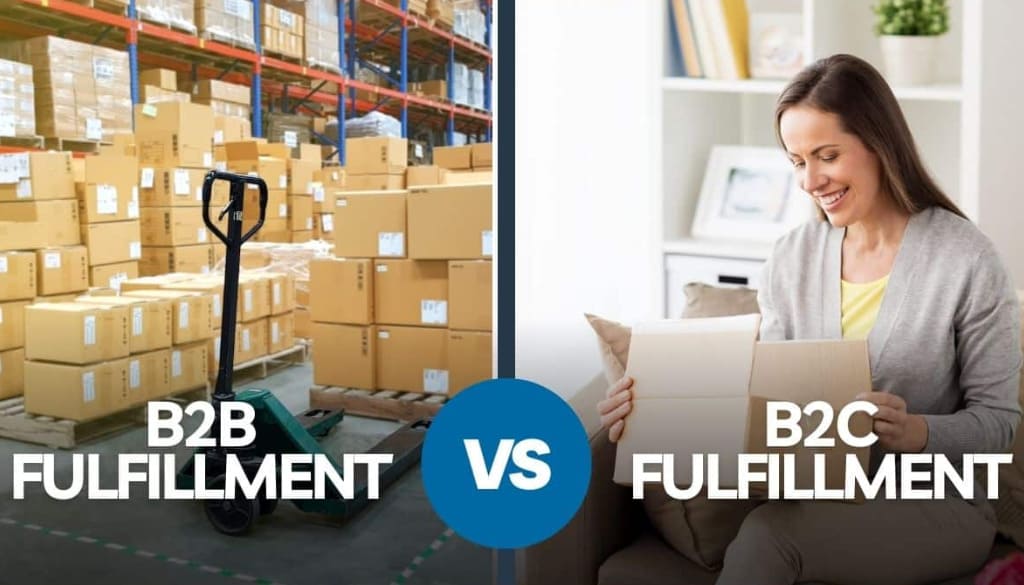
There is no one-size-fits-all answer for every business. The choice between B2B and B2C Fulfillment depends on your business model, growth objectives, scale, and target customer group.
- If you are a new seller starting out in POD business or selling on e-commerce platforms such as Etsy, Shopify, or TikTok Shop, B2C Fulfillment is likely the right choice. This model offers flexibility, direct customer access, and optimized operational costs during the early stages.
- If you are expanding your business and working with wholesale partners, or aiming to place your products into distribution networks, retail stores, or dealerships, B2B Fulfillment will help you operate more steadily, handle large orders, and elevate your brand presence.
- Some businesses today opt for a “hybrid” model—combining both B2B and B2C—to maximize profitability, reduce risks, and expand market reach. However, this approach requires strong management capabilities and a fulfillment system flexible enough to handle both small individual orders and large bulk shipments.
With the clear differences between B2B Fulfillment and B2C Fulfillment, choosing the right model will have a direct impact on your business’s operational efficiency, costs, and customer experience. Each model has its own strengths, and sellers should develop a suitable strategy based on business objectives, target customers, and order scale. Fulfillment is not just a logistics service—it is the foundation that enables sellers to expand their market, improve service quality, and gradually professionalize their operations.
FlashShip is proud to be a trusted partner, offering efficient U.S.-based Fulfillment solutions with optimized costs, transparent processes, and dedicated support. If you are looking for a partner to elevate your operations and scale your POD business, FlashShip is the ideal choice. For further consultation and to experience our services, please contact us via hotline (+84) 943 024 337 or visit seller.FlashShip.net.
Read more articles:

